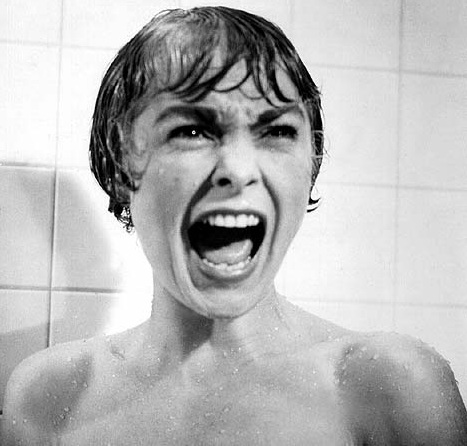As the producer i thought it would be helpful if we started by looking at the different subgenres of horror, and the different features that define each one:
- Action Horror - A subgenre combining the intrusion of an evil force, event, or supernatural personage of horror movies with the gunfights and frenetic chases of the action genre. Themes or elements often prevalent in typical action-horror films include gore, demons, vicious animals,vampires and, most commonly, zombies. This category also fuses the fantasy genre.
- Body horror – In which the horror is principally derived from the graphic destruction or degeneration of the body. Other types of body horror include unnatural movements, or the anatomically incorrect placement of limbs to create 'monsters' out of human body parts.
- Comedy horror – Combines the elements of comedy and horror fiction. The comedy horror genre almost always inevitably crosses over with the black comedy genre.
- Gothic horror – Gothic horror is a type of story that contains elements of goth and horror. At times it may have romance that unfolds in the setting of a horror tale, usually suspenseful. Some of the earliest horror movies were of this sub-genre. Examples include universal horror films such as The Phantom of the Opera, Dracula, Frankenstein and The Mummy.
- Natural horror – A sub-genre of horror films "featuring nature running amok in the form of mutated beasts, carnivorous insects, and normally harmless animals or plants turned into cold-blooded killers." This genre may sometimes overlap with the science fiction and action/adventure genre.
- Psychological horror – Relies on characters' fears, guilt, beliefs, eerie sound effects, relevant music, emotional instability and at times, the supernatural and ghosts, to build tension and further the plot.
- Science Fiction horror – Often revolves around subjects that include but are not limited to killer aliens, mad scientists, and/or experiments gone wrong.
- Slasher film – Often revolves around a psychopathic killer stalking and killing a sequence of victims in a graphically violent manner, mainly with a cutting tool such as a knife or axe. Slasher films may at times overlap with the crime, mystery and thriller genre, and they are not all of the horror genre.
- Splatter film – These films deliberately focus on graphic portrayals of gore and graphic violence. Through the use of special effects and excessive blood and guts, they tend to display an overt interest in the vulnerability of the human body and the theatricality of its mutilation. Not all splatter films are slashers, and not all splatter films are horrors.
- Zombie film – Zombie films feature creatures who are usually portrayed as either reanimated corpses or mindless human beings. Distinct sub-genres have evolved, such as the "zombie comedy" or the "zombie apocalypse".
The typical 'scary' character of any horror film will often be masked or disguised in some way, adding to the mystery and the fear of this character.
The 'victim' in this genre will usually be a female, who appears very meek and innocent, but often ends up being braver and stronger than the audience could ever imagine.
we're going to try and use these typical characters within our work so that the audience will easily be able to identify each character and will understand who they should fear and who they should fear for.







No comments:
Post a Comment